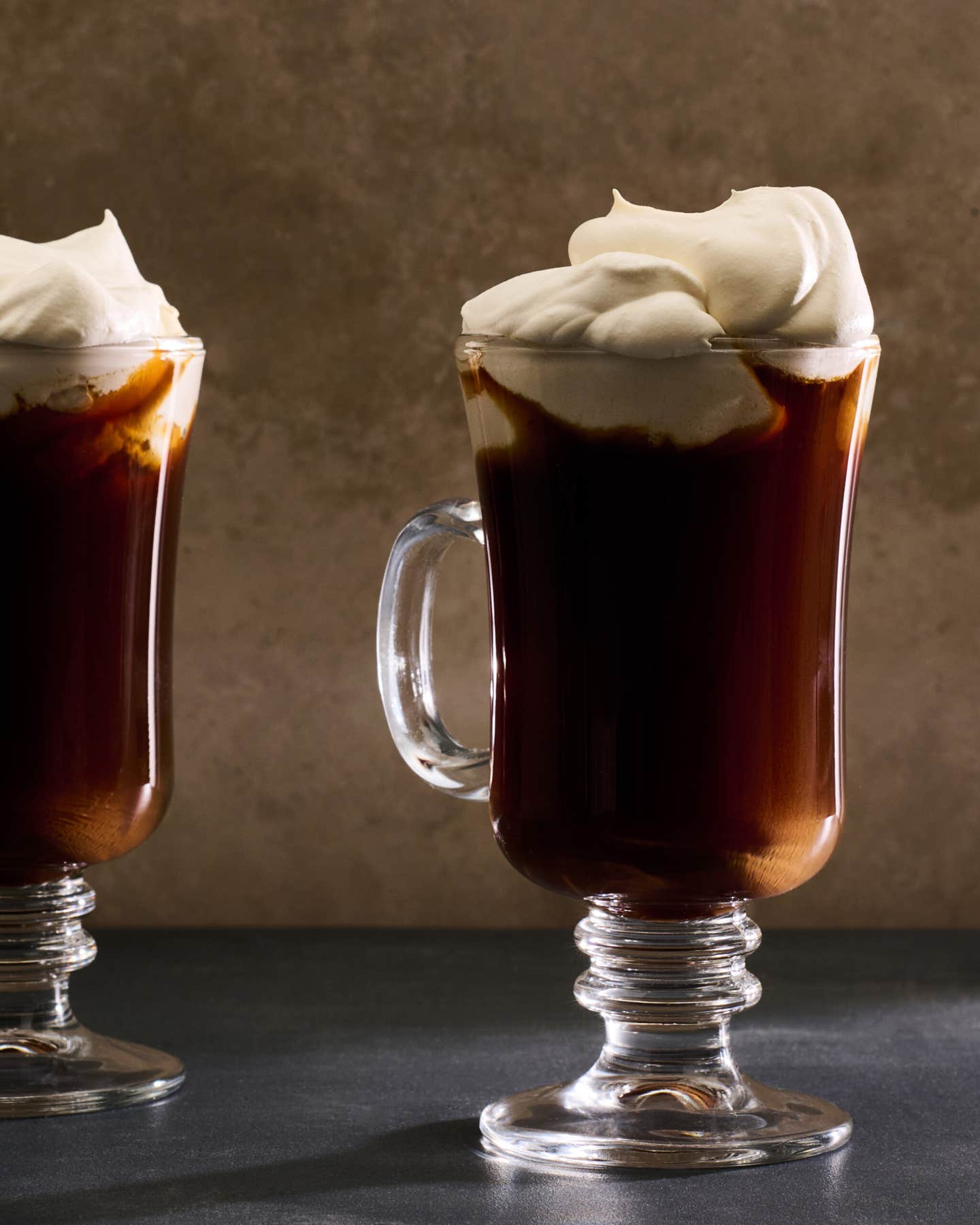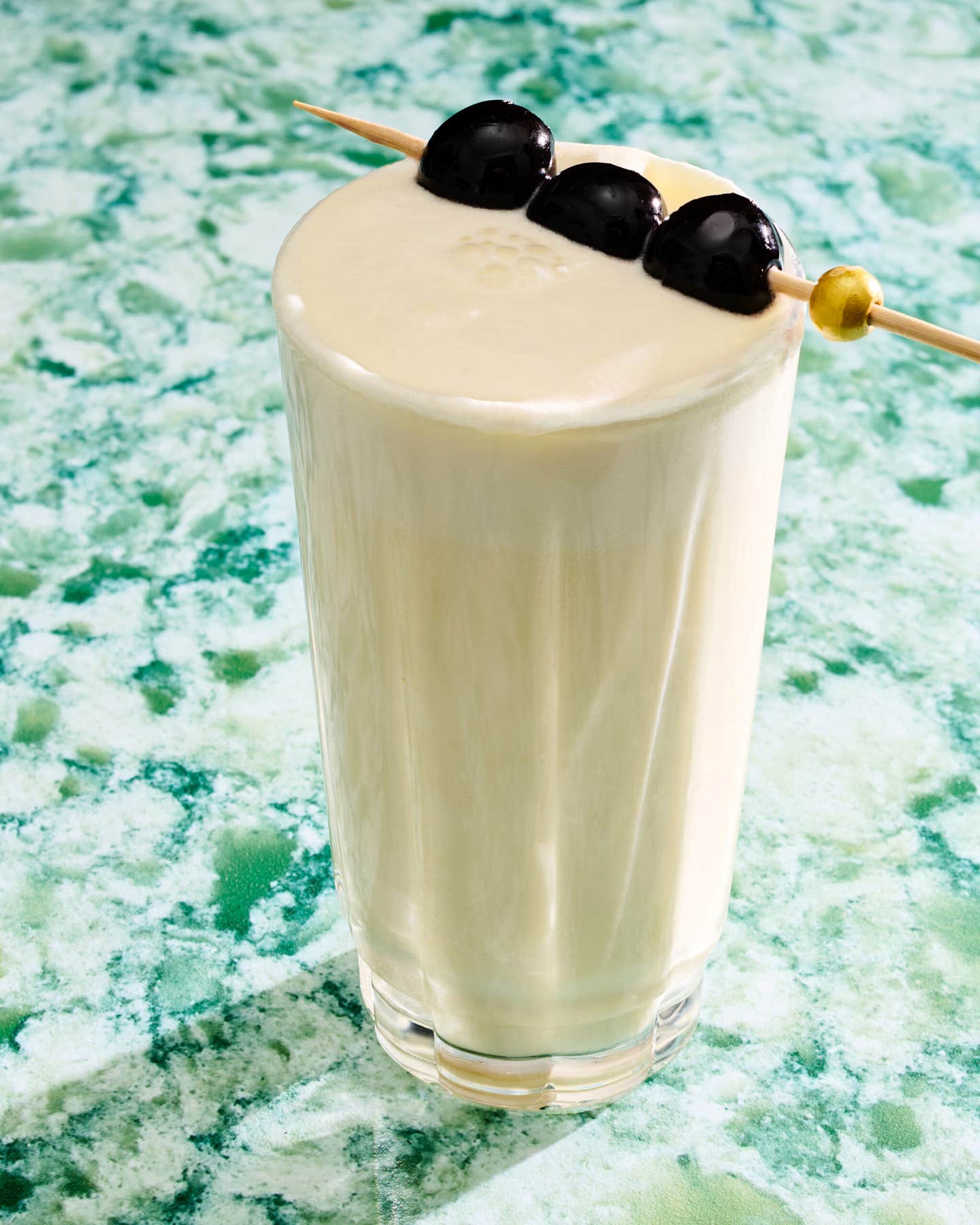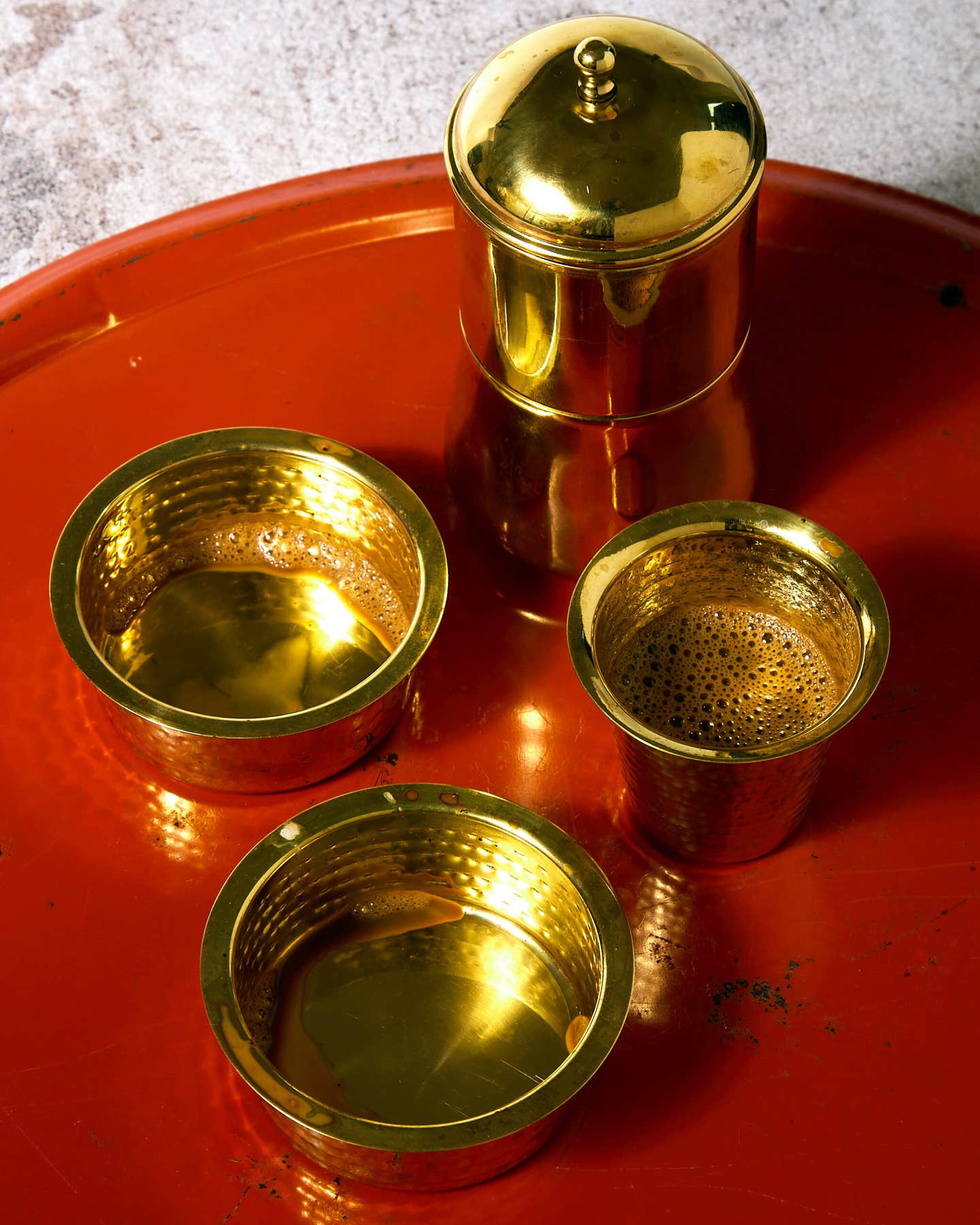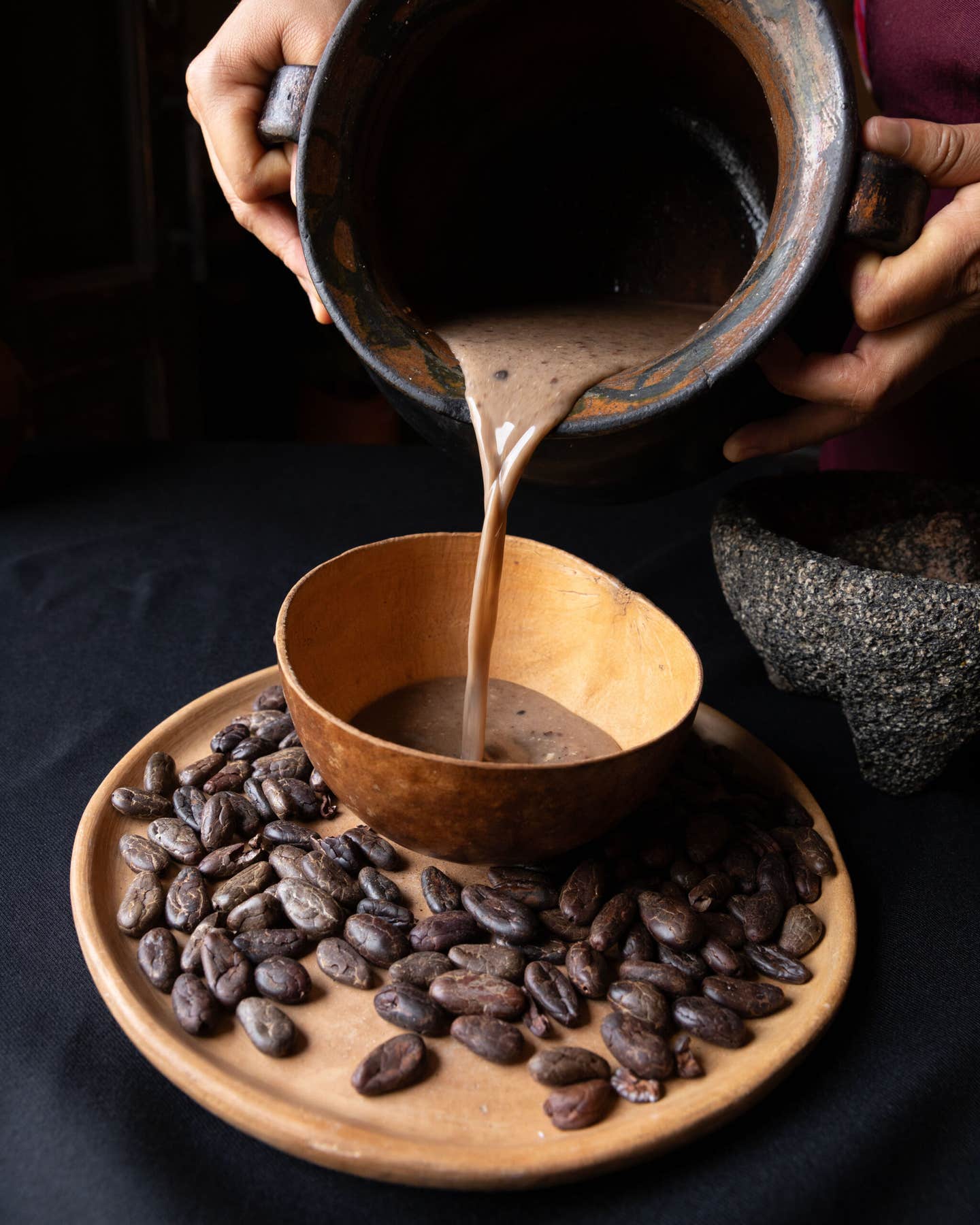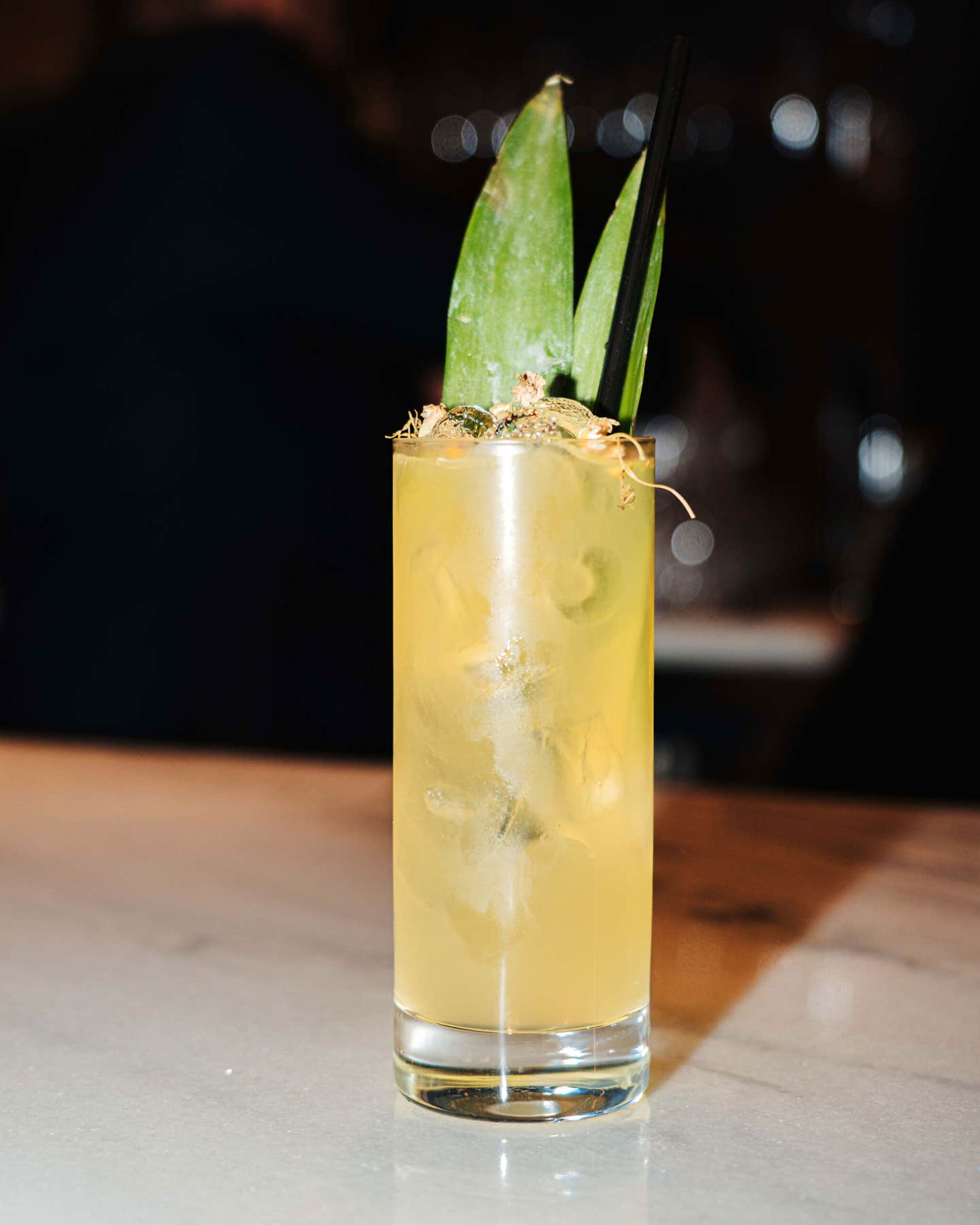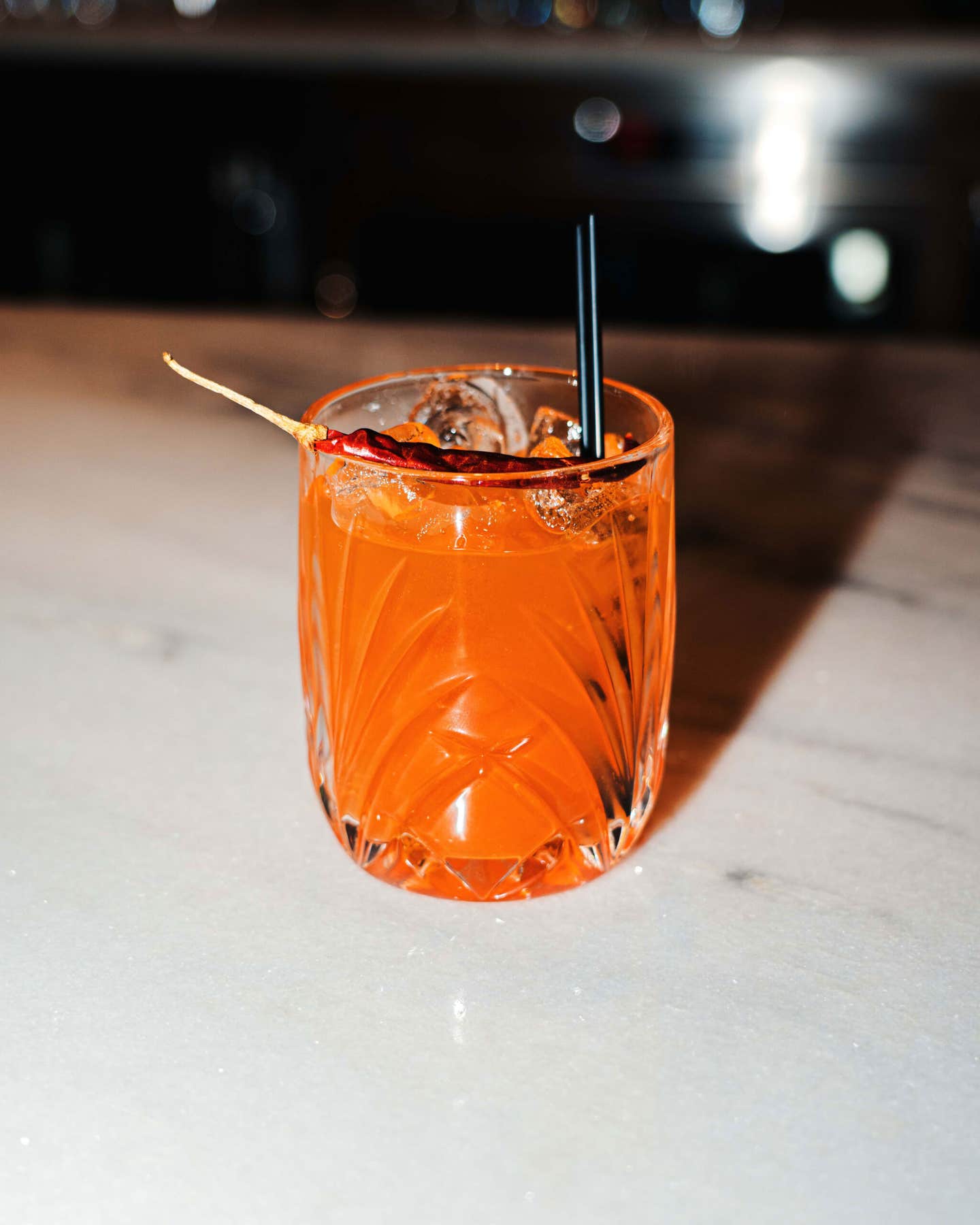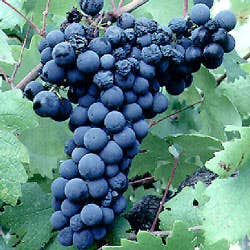
Old Vines, New Bottles
Fifteen miles inland from the Pacific coast at Pismo Beach, above Lopez Lake, in a bucolic upland valley where cows graze and peacocks run wild, Bill Greenough tends eight acres of zinfandel vines. Three of these were planted more than a century ago, around 1880, by the original homesteaders on the site. The vine tops were dead when Greenough bought the property in 1974, and the land was overgrown with chaparral and poison oak. Working laboriously, vine by vine, he restored the vineyard. Then he planted five additional acres of zinfandel, some with cuttings from his heritage vines. The eight acres give him just enough grapes, in a good year, to make 2,000 cases of his acclaimed Saucelito Canyon zinfandel.
Old vines are totems. Even in Europe, where old vineyards are relatively plentiful, winemakers dote on their senior citizens, sometimes reserving their fruit for special bottlings. In California, the scarcity of old vines adds to their allure. No systematic inventory exists, but it is likely that no more than a few hundred acres of centenarian vines like Greenough's survive—and there are fewer than 10,000 acres of wine-grape vines over the age of 50 statewide. Among red-wine varieties, these are overwhelmingly zinfandel vines. If cabernet sauvignon is the king of California red-wine grapes, zinfandel is the elder statesman.
Countless thousands of words have been written about zinfandel over the years, many of them concerning the grape's mysterious origins. When it first appeared in California, it didn't seem to correspond to any known European variety, and the standard story used to be that it was brought to the state by the legendary Agoston Haraszthy (who imported a large number of European vine cuttings into California in the 1850s), and that it was perhaps some obscure Hungarian grape. More recent evidence suggests that it existed pre-Haraszthy in East Coast nurseries, and it is now believed to be closely related to a variety called primitivo, grown primarily in the Puglia region of Italy.
Whatever its origins, zinfandel found a warm welcome in California, becoming one of the most widely planted red varieties, and yielding everything from fresh, young, nouveau-style wines to thick, dark, difficult-to-classify late-harvest bottlings. But sales began to falter in the 1980s, and so-called white zinfandel—sweetish, pink-hued, generally insipid—began to flood the market. This was bad news for older vineyards; white zinfandel could not be economically produced from parsimonious old vines. Today, for a variety of reasons (perhaps including the fact that cabernets have grown ever more expensive), red zinfandel is making a comeback. This has driven up the price of good zinfandel grapes, and winemakers are now prepared to pay top dollar for old-vine fruit.
What, then, is so special about old vines? California's best zinfandel makers talk almost mystically about the way fruit from mature vineyards adds "nuance," "depth," or "complexity" to their wines. Yet no one seems to know exactly why this should be so. Maybe the roots of old vines, creeping ever deeper with the passage of time, tap into mineral-rich subsoils that younger vines can't reach.
Or maybe has to do with the kind and amount of fruit old vines yield. It is axiomatic in winemaking that, to put it simplistically, small grapes tend to lend more character to wine than large ones—and small-berried clones, which were popular in earlier times, predominate in older zinfandel vineyards. In addition, these vines almost invariably produce low yields, and simply won't let the winemaker push them too far. "They're self-limiting," explains Paul Draper, a pioneer of fine zinfandel. "If you overproduce an old-vines vineyard one year, the next year it will underproduce."
There is another factor at work, too. Unless a 19th- or early 20th-century vineyard produced very, very good wine, it wasn't likely to survive. Almost by process of elimination, then, old vineyards are likely to be good vineyards in terms of soil, climate, and exposure. That's why so many zinfandels bear individual vineyard designations. "Site is the primary determinant of quality for zinfandel vineyards," says Draper.
The prevalent opinion seems to be that zinfandel fruit reaches its qualitative peak when a vine is between 25 and 50. But many winemakers believe that the way old vineyards were planted and tended may be as important to the quality of the wines they produce as their chronological age. An old zinfandel vineyard is visually distinctive. Each vine stands alone, like a bonsai. The crown sits on a short, gnarled trunk, barely a foot or two above the ground. Would-be branches, called spurs, are pruned each winter to limit growth. The vines are not trellised, irrigated, or (usually) fertilized. This was, as Paso Robles grower Benito Dusi put it, the original organic agriculture: "You dig a hole, plant the vine, and pick the fruit."
Zinfandel has a tendency to ripen both unevenly and, like many other warm-climate varietals, late. Scott Harvey, who owns what may be the oldest zinfandel vines of all—in his Grandpere Vineyard near Plymouth in Amador County, where some vines might date back to 1869—points out that the way old vines were trained and pruned opened them up to essential sunshine. Dave Rafanelli, who produces award-winning zinfandel from a family-owned, nearly century-old vineyard in West Dry Creek, adds that dry farming is another important consideration. "Zinfandel likes dry feet," he says. "If you irrigate it, or if it even gets much summer fog, the berries will blow up."
That these techniques work is proven by the success of younger vineyards that have been expressly planted and farmed to mimic the old style. Happily for wine drinkers, zinfandels made from old (and old vine-style) vines—typically higher in alcohol than cabernet, with fruit flavors that are more persistent and exotic—have the potential to age beautifully in the bottle.
Keep Reading
Continue to Next Story



